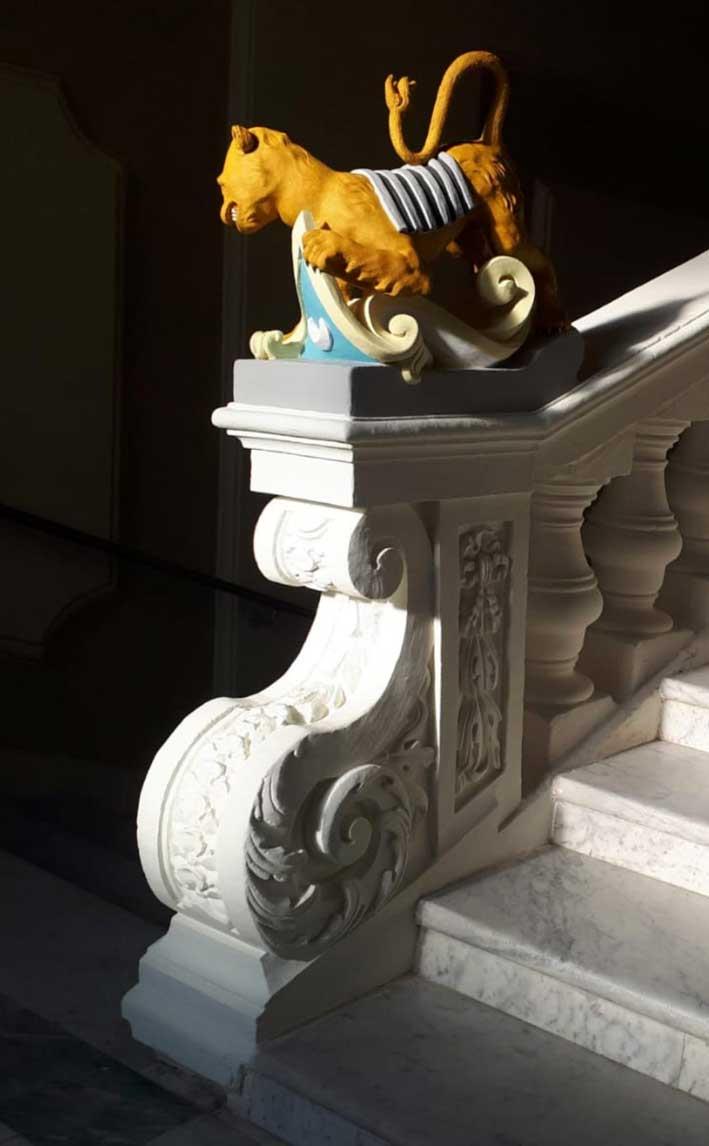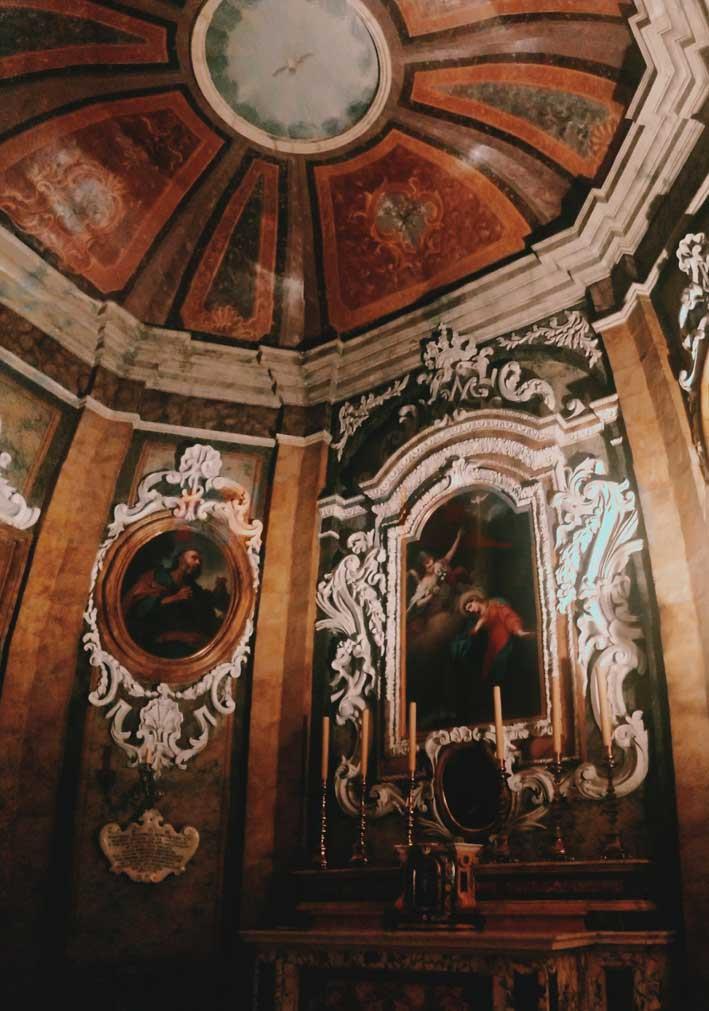The APS Mdina Cathedral Contemporary Art Biennale has been held at the Mdina Cathedral Museum for the past two editions. Next year, the museum will again transform into a platform for artists to debate the role of the arts and the conflict between materiality and nature. This dialogue will harmonize with the large collection the museum boasts of which varies from prints, drawings, paintings, silver, and also the architecture of the building.
A brief account of the Mdina Cathedral Museum shows that the building has an interesting history. Bare from its collections, the mid-18th century building, originally a seminary, served other purposes. Its extension during the Crimean War years saw the museum grow bigger, with two new separate wings, the extension of the upper floor, and the addition of an abundance of fireplaces which were fashionable during the Victorian era. Nonetheless, it was turned much like into a seminary once again when a boarding school was set up in the Second World War. Objects were moved from the Cathedral to the museum resulting in the opening of the premises to the public in 1969.
The museum's open weekend on the 21st and today, the 22nd of September, has given the locals and foreigners on the island a chance to visit and look at the restoration and renovation that has been taking place for quite a few years now. Mons Edgar Vella, curator of the Mdina Cathedral Museum, has been working tirelessly to improve the presentation of the collection and the visitor's experience. The Albrecht Dürer collection the museum holds is on its own outstanding. Dürer's printmaking oeuvre is highlighted in one of the galleries and it is considered to be the largest collection out of Germany. His most renowned 'Life of the Virgin' on woodcuts and 'The Small Passion' on copper plates amongst others are displayed in a newly refurbished gallery which back in 2017 was a major project set to be started and completed a year after. These historically important woodcuts and copperplates are now backed up with a more modern style of display. The lighting and didactics have been updated and fairly recently the museum added more information on the collection and also a quiz kiosk to make the exhibition more interactive.

The Nobile room and the accompanying chapel were recently renovated. Earlier on this year, much to the surprise of the curator, a fake dome with architectural motifs and symbolic symbols - scallop shells and festoons - were uncovered under layers of paint by restorer Amy Sciberras. This trompe l'oeil completed the baroque chapel that is in itself a museum on its own. The chapel is open for visitors and can be enjoyed fully with other works by Antoine Favray, adorning the walls of the chapel.
Adjacent to the chapel, the visitors can access the new Marchese hall and its collection. Set in a more modern colour and style of display, the hall is enriched in a dark blue colour which complements the contrasting golden colours coming from Late Medieval panels in the room. In this hall stands the polyptych of St. Paul which was commissioned from Luis Borrassa, a work that was the placed in dialogue with Victor Agius' 2015 project for the APS Mdina Biennale. Gianluca Falzon, assistant administrator at the museum, elaborated on how the museum's aesthetics have been revised for all three halls housing the collection. A new lighting system will soon be implemented as well that is comparable to a number of esteemed museums abroad such as the Louvre in Paris, Amsterdam's Rijksmuseum and the Florence Uffizi Galleries. Another small but considerable collection of still life paintings is now exhibited with antique furniture.

Much has been done to improve the learning, education and accessibility facilities within the museum. In July 2019, the museum also launched its own learning centre. Using the museum vaults, as a unique and informal learning spaces, the museum is working to use its collection to educate the public, particularly children. This also allows the collection to become more accessible. Mons Edgar Vella has reportedly said that this is not the only project to be launched in the next few months and there are two other projects underway with four more planned later on this year. For example, the museum will be addressing the needs of those with autism. These projects will serve to enhance the visitors' experience. The vaults will also cater for artists who wish to exhibit within this space and will be used by artists participating in the APS Mdina Biennale, just as they did in the previous edition.
The open weekend has involved free guided tours, activities for children and an artisan's market, as well as other activities. This is the time for visitors who wish to attend to see the newly refurbished halls while also feast their eyes on the vast collection that the museum has to offer. The APS Mdina Cathedral Contemporary Art Biennale, under the artistic direction of Prof. Giuseppe Schembri Bonaci, opens next March 2020 and the Mdina Cathedral Museum will be the only location to host this exhibition just as it did in the 2017 edition. This gives the museum a chance to enter the contemporary art scene once again. The artists are invited to design projects that interact with the permanent collection and the history of Mdina to establish dialogue between the past and the present. It will be interesting to see how the use of video, sound, light and virtual reality will interact with the space that has so much history between its four walls.
www.mdinabiennale.com